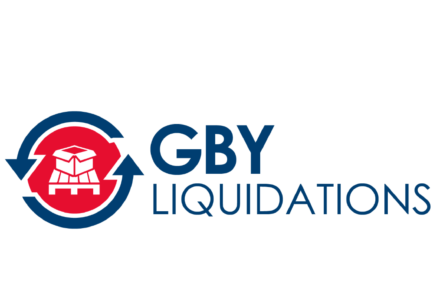What Are Liquidations, Closeouts, and Overstocks?
In the world of retail and business, terms like liquidations, closeouts, and overstocks frequently appear. Understanding these concepts is crucial for both sellers and buyers. Each term has a distinct meaning and purpose, although they share similarities in the context of inventory management and sales strategies.
Liquidations refer to the process of converting assets into cash, which often happens when a company is closing down or needs to sell off excess inventory quickly. During liquidation, assets such as products, equipment, or real estate are sold, typically at significantly reduced prices. This process helps businesses recover some of their investments and settle outstanding debts. Liquidations can result from various scenarios, including bankruptcy, mergers, or strategic business decisions to discontinue certain product lines.
Closeouts, on the other hand, are specific to the sale of products at reduced prices to clear out stock. This usually occurs at the end of a season, product line, or when a retailer decides to phase out certain items. Closeouts are a strategic move to make space for new inventory, minimize storage costs, and avoid the financial burden of holding unsold goods. Unlike liquidations, closeouts do not necessarily indicate financial distress but rather a planned effort to refresh product offerings.
Overstocks are excess inventory that a company needs to sell, often resulting from overestimation of consumer demand or changes in market trends. Overstock situations arise when retailers order more products than they can sell within a reasonable timeframe. To mitigate the financial impact of overstocked items, businesses may resort to selling these goods at discounted prices through various channels, including online marketplaces, discount stores, or direct sales events.
Businesses resort to liquidations, closeouts, and overstock sales for several reasons. Financial difficulties, such as declining sales or mounting debts, can compel a company to liquidate assets. Changes in market trends and consumer preferences may necessitate closeouts to make way for more in-demand products. Additionally, the introduction of new products often leads to overstock situations, requiring businesses to sell excess inventory efficiently. Understanding these methods allows companies to manage their stock effectively, optimize cash flow, and adapt to market dynamics.
Opportunities and Challenges in Liquidations, Closeouts, and Overstocks
Liquidations, closeouts, and overstocks present unique opportunities and challenges for businesses and consumers alike. For businesses, these methods allow for the recovery of some investment and the clearance of warehouse space. By liquidating excess inventory, companies can convert otherwise stagnant assets into immediate cash flow, which can be reinvested into more profitable ventures. Additionally, closeouts and overstocks offer a chance to clear out seasonal or outdated goods, making room for new stock and reducing holding costs.
Consumers, on the other hand, stand to benefit from significant discounts on a wide range of products through liquidations, closeouts, and overstocks. These sales offer the allure of high-quality goods at a fraction of their original price, which can be particularly appealing in a cost-conscious market. This dynamic creates a win-win scenario where businesses can offload excess inventory, and consumers gain access to affordable products.
However, these practices are not without their challenges. One notable risk for businesses is brand devaluation. Selling products at a steep discount can lead to a perception that the brand is inferior or constantly on sale, which can harm long-term brand equity. Another challenge is the need for strategic marketing to attract buyers. Simply slashing prices is not enough; businesses must effectively communicate the value proposition to potential customers. Furthermore, the logistical complexities of managing large volumes of excess inventory cannot be underestimated. Efficient sorting, pricing, and distribution require robust systems and processes to ensure a smooth operation.
To maximize the benefits and minimize the downsides, businesses should adopt best practices in managing liquidations, closeouts, and overstocks. Effective inventory management is crucial, involving regular audits and accurate forecasting to prevent excess stock accumulation in the first place. Market analysis can help identify the optimal timing and channels for selling excess inventory to maximize returns. Strategic partnerships with liquidation specialists or discount retailers can also prove beneficial, providing expertise and established networks to facilitate the efficient sale of surplus goods. By carefully navigating these opportunities and challenges, businesses can turn potential liabilities into valuable assets and maintain a positive market presence.

0 Comments